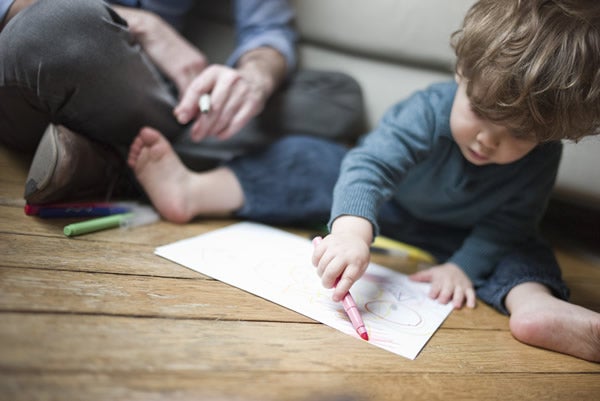Cohabitation Compounds Divorce as a Threat to America’s Children
Collette Caprara /
Given the overwhelming evidence that parental divorce takes a heavy toll on children—in areas ranging from emotional well-being and academic achievement to delinquency, substance abuse, and sexual activity—the nation had cause to breathe a collective sigh of relief when data showed that the incidence of divorce has dropped steadily since peaking in 1979. In fact, today’s divorce rate is nearly as low as that of the late ’60s. But this moment in the sun has been overshadowed by a dark cloud.
Research recently released by The National Marriage Project and the Institute for American Values (the third edition of the Why Marriage Matters series) reveals that more than 40 percent of children in the country spend some portion of their lives in a household with a cohabiting parent before they are 12 years old. Twenty percent are born into such households. And the incidence of cohabitation is on the rise. Today, children are nearly twice as likely to experience parental cohabitation as parental divorce.
As the Marriage Matters report (an analysis of federal data and more than 250 peer-reviewed journal articles) shows, compared with peers who live in the “gold standard” family structure of the intact, married family, children in cohabiting households are more likely to suffer from a range of emotional, social, and behavioral problems and less likely to succeed academically. According to government data, they are also at least three times more likely to be abused physically, sexually, or emotionally. In fact, regarding significant measures of well-being, children in cohabiting households fare worse than counterparts in single-parent families.
Cohabiting couples are much more likely to separate than married parents. Children born to cohabiting couples are 170 percent more likely to experience a parental breakup than children born to married couples. This family instability carries dire consequences for children. Unsettling family transitions are linked to poor relationships with parents, behavioral and health problems, and school failure. There is also emerging evidence that such problems are exacerbated by the resulting (euphemistically dubbed) “complex” households in which children live with half-siblings, stepsiblings, stepparents, and people unrelated to them by birth or marriage.
Unfortunately, the decline of the divorce rate hasn’t been accompanied by a corresponding increase in the number of intact, married families, but rather by a rise in the incidence of cohabiting households, where levels of commitment and stability are typically far lower.
To stop this devastating trend, policymakers should earnestly pursue policies and programs that can promote and strengthen marriage and an intact family structure—the safest, most nurturing, and most prosperous environment for the next generation.

